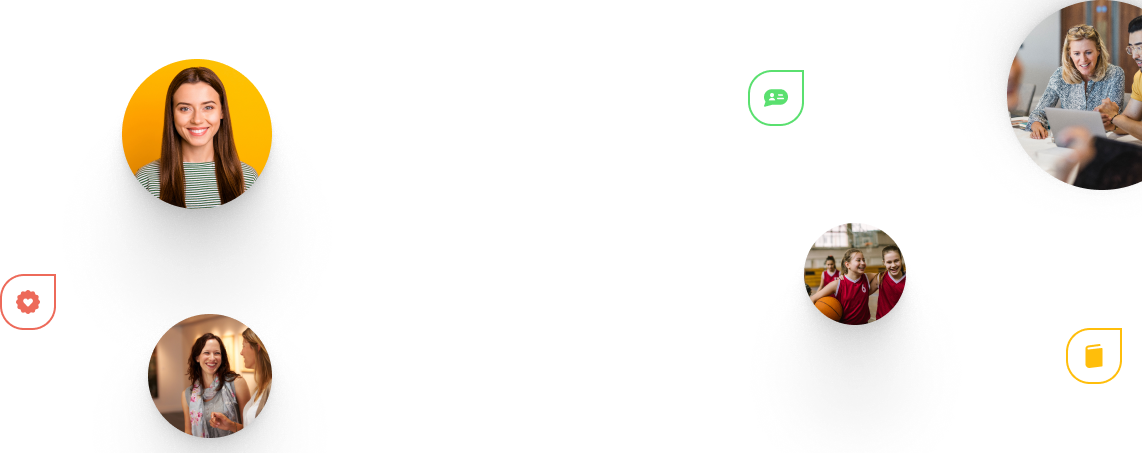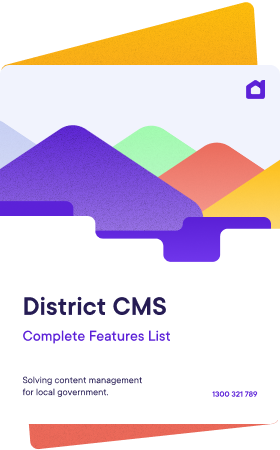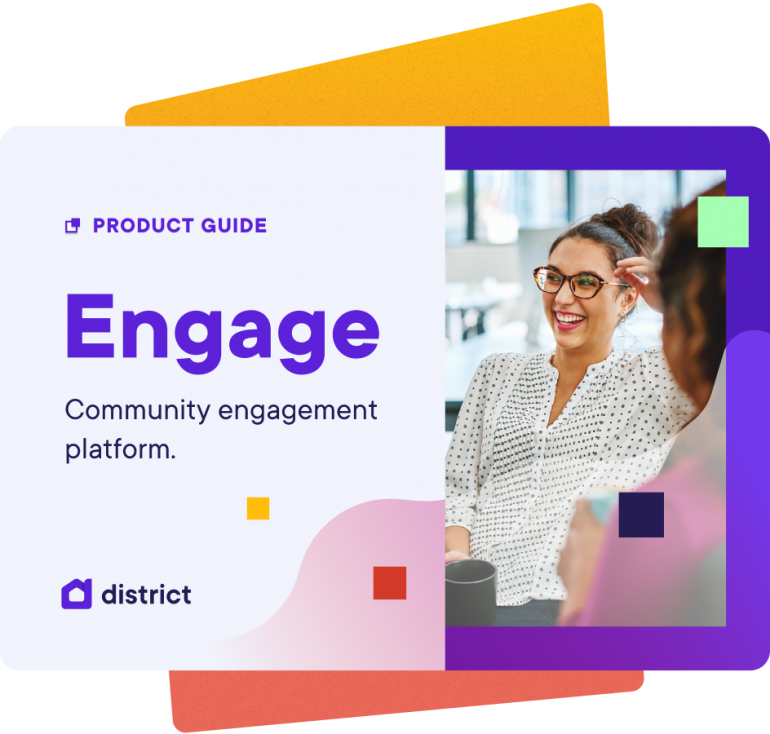Strategies for Reaching Diverse Communities
Genuine and meaningful community engagement practices are a vital part of good project and policy design. Without authentic input from community voices and the invaluable insights that on-the-ground experience provides, you run the risk of designing a solution that doesn't meet your community’s needs. Considering the time, effort and resources that go into designing public projects, it pays to get it right.
Which is why it’s important to design a community engagement initiative that is inclusive and accessible to everyone, no matter their cultural, linguistic, or socio-economic background. Collecting and analysing the insights of a broad range of diverse voices will help ensure the project outcomes are fit for purpose and meet the needs of each unique community.
While it can be challenging to design an inclusive community engagement strategy, using a community engagement platform like District Engage can make it easier. Specially designed participation tools can help overcome barriers that inhibit participation, while comprehensive reporting dashboards will confirm that your strategy is targeting the right mix of people.
Strategies for Designing an Inclusive Community Engagement Initiative:
Language Accessibility
One of the biggest barriers for participation in community engagement initiatives is language. Prioritize the use of simple language across your website, and use language translation tools to enable CALD community members to engage in a meaningful way with your project and help you gather information about their unique experiences and insights. Consider providing key project information in multiple languages up front, so users feel immediately included. It’s also helpful to integrate participation tools that enable users to express feedback in non-verbal ways, such as sharing images, or responding with emojis.
Co-creation and Collaboration
Consider involving members of the diverse community in the planning of your engagement strategy. Engaging with stakeholders early on will ensure you have a deep understanding of your audience, and you’ll be able to tailor the project for them. This best-practice approach will help ensure that the project is meaningful and accessible for all members of your community.
Multi-channel Communication
Depending on their personal circumstances, different groups in your community will prefer different forms of communication, such as social media, email, text messaging, or print. That’s why it’s important to run hybrid consultations, where the same survey, for example, is conducted online and in person. This gives people different ways to get involved and helps you connect with a broader cross-section of the community. It’s also important to offer a variety of participation tools, each targeting different cross-sections of the community.
Ongoing Engagement
Community engagement is about using the insights and experiences of the community to make better decisions about public projects and policy. For it to be most effective, it’s important that a culture of trust is built and maintained, especially within diverse community groups. This is why ongoing engagement is important. It’s particularly important to close the feedback loop by informing the community about how their contributions have shaped the public consultation and led to better outcomes. This will help build trust between diverse communities and community engagement initiatives and help build a culture of engagement and participation.
Use Your Reporting Data
The best way to design an inclusive engagement strategy is to know and understand your audience before you design the strategy. Take the time to learn from the reporting of previous engagements, and use those findings to inform and shape your new strategy. Knowing your audience will help you design tools and surveys that resonate with their concerns and are more likely to engage them meaningfully.
Ensuring you design an inclusive community engagement strategy will guarantee that you’ll capture a diverse range of voices with different experiences and outlooks. This can only lead to better project outcomes.
Using a digital community engagement platform like District Engage will help you run a successful engagement project, while considering language accessibility, co-creation and collaboration, multi-channel communication options, ongoing engagement and your reporting data from previous engagements will help you design a genuine and meaningful community engagement strategy that meets the needs of each unique community.




